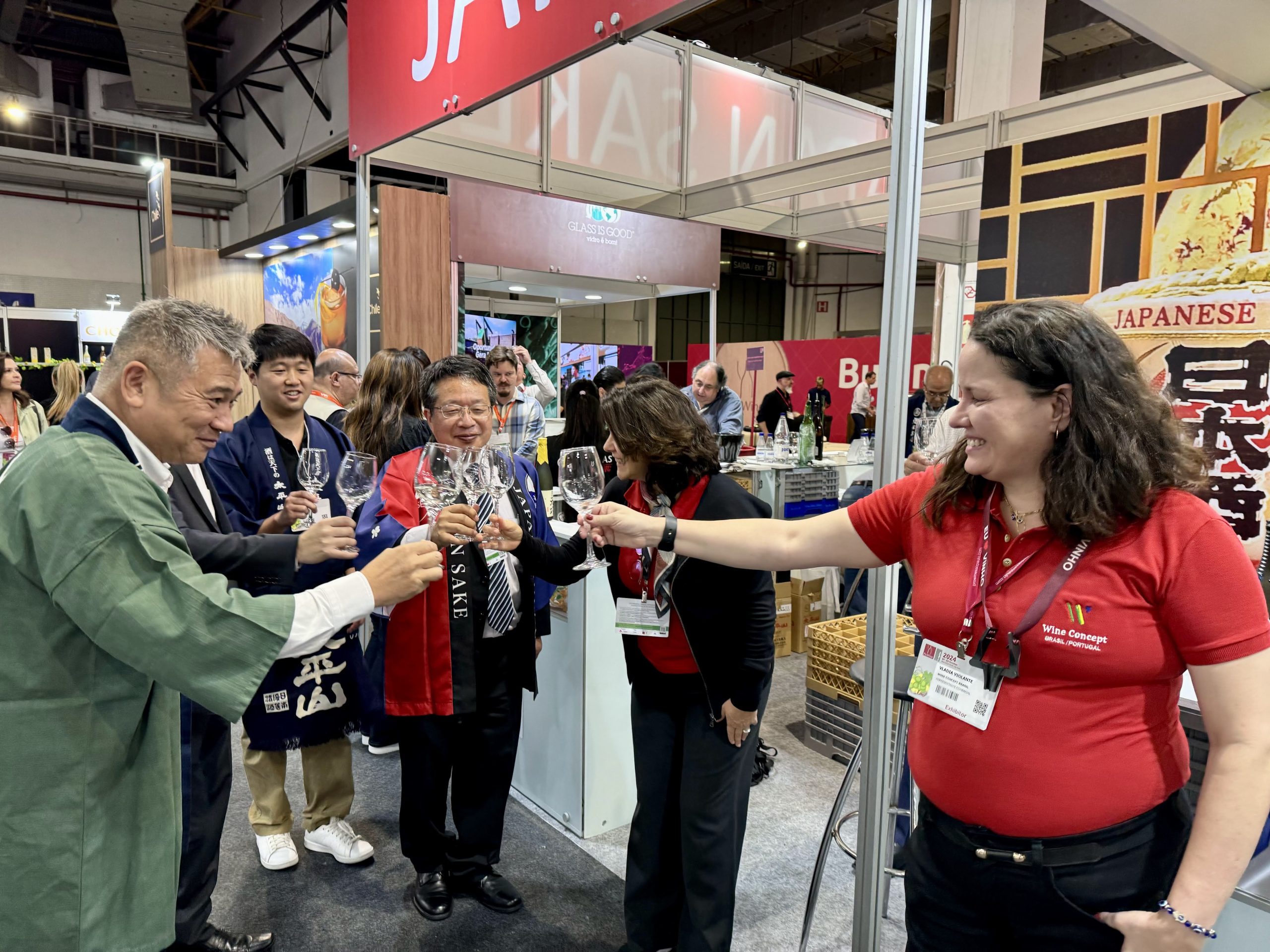Champagne 2012 better than legendary ’96?
By db staff writerAfter a disastrous growing season with frost, poor flowering, hail and disease all hitting yields, dry and warm weather in the run-up to picking has produced a small but potentially great harvest in Champagne, writes Giles Fallowfield.
Harvesting in Champagne
“The quality is outstanding,” says Jean-Baptiste Lécaillon, chef de cave at Louis Roederer. “It is a great vintage. Probably better than 1996 and close to 1990 on average, but in some special locations it could well better than that – closer to a 1947?
Continuing he said, “Full ripeness of Pinot Noir which is typical of a continental summer and a perfect final ripeness of Chardonnay and Meunier. Acidity is balanced and pH quite low for such a level of sugar,” he added.
“All will be clearer in a few weeks when the still wines are tasted, but already, what we are seeing now is somewhere between 2002 and 1959, two of Champagne’s greatest vintages, if ever there were any,” says Charles Philipponnat of the eponymous house.
“For us [it is], somewhere between 1959, 1990 and 2002. Yields were only 6 to 7000 kilos/hectare, but quality was very satisfactory, especially the Pinot Noir, whose exceptional sugar content –11.5° to more than 12° — was higher than in 1976, 2000 or 2003, and was combined with an excellent acidity, that was even better than in 1996.”
“Everything is here, quality-wise, to craft some top vintage Champagne. Considering just numbers, 2012 looks like a cross between 2002, 1990 and 1952 all excellent years,” says Frédéric Panaiotis, chef de cave at Ruinart. “All grapes came in super- healthy, we’ve recorded extremely high levels of glycerol and gluconic acid.”
“The overall quality of the grapes was very high,” says Hervé Deschamps, chef de cave at Perrier-Jouët. It was “a very good healthy harvest with no botrytis and a very good ripeness for all grapes varieties.”
“Considering the health of the grapes, the level of maturity and the balance with acidity I am very confident in the vintage potential of this harvest,” says Benoît Gouez, chef de cave at Moët & Chandon.
Partner Content
As previously reported by the drinks business, Michel Drappier of the eponymous house in the Côte des Bar also compared this year’s harvest to the legendary 1996 vinage. “It looks like 1996, but less homogeneous,” he said.
Continuing, he remarked, “It was a year of ‘extremes’, minus 20° Celsius in February, a very warm and dry end of winter, the rainiest spring for years, the most devastating hail storm of the past 200 years, a heat wave in August with plus 38°c ‘cooking’ some berries and this resulted in the smallest crop for Drappier since 1957, with a yield of only 4,300 kg/ha.”
Yields were considerably down elsewhere as well. “With most of our old vineyards being traditionally ploughed, little usage of chemicals and some of our vineyards farmed organically and bio-dynamically, we have been very exposed to the bad weather conditions in 2012,” says Lécaillon, “especially in the early ripening grands crus. Our final yield in our vineyard was 7,500 kg/ha. Well below the appellation.”
At Philipponnat yields “were only 6 to 7,000 kgs/ha” while at Moët in the appellation’s largest estate “The average yield is 8,500 kgs/ha,” says Gouez.
Of those we have spoken to so far since the harvest ended only Perrier-Jouet has reached the maximum yield set by the CIVC. “In our vineyards we have by average 11,000kg/ha and near 200kg/ha for the Réserve individuelle, says Deschamps.




